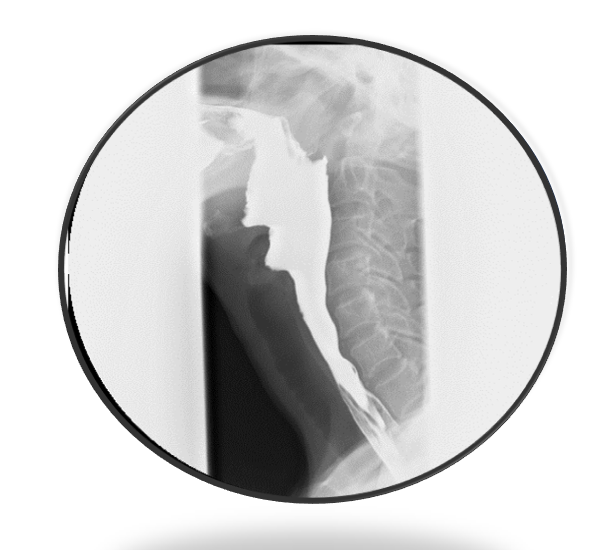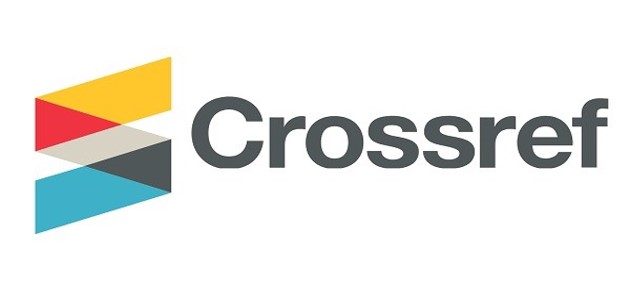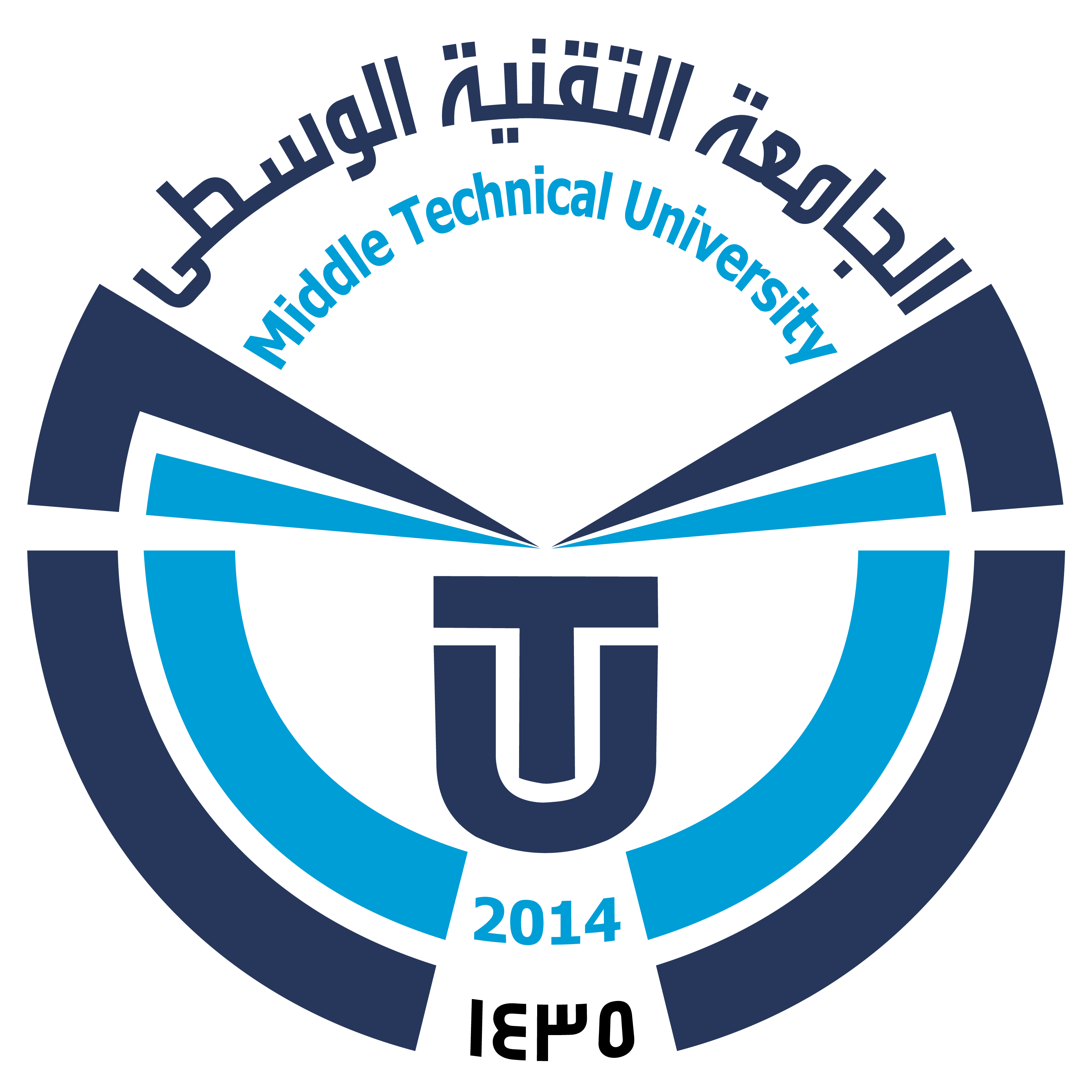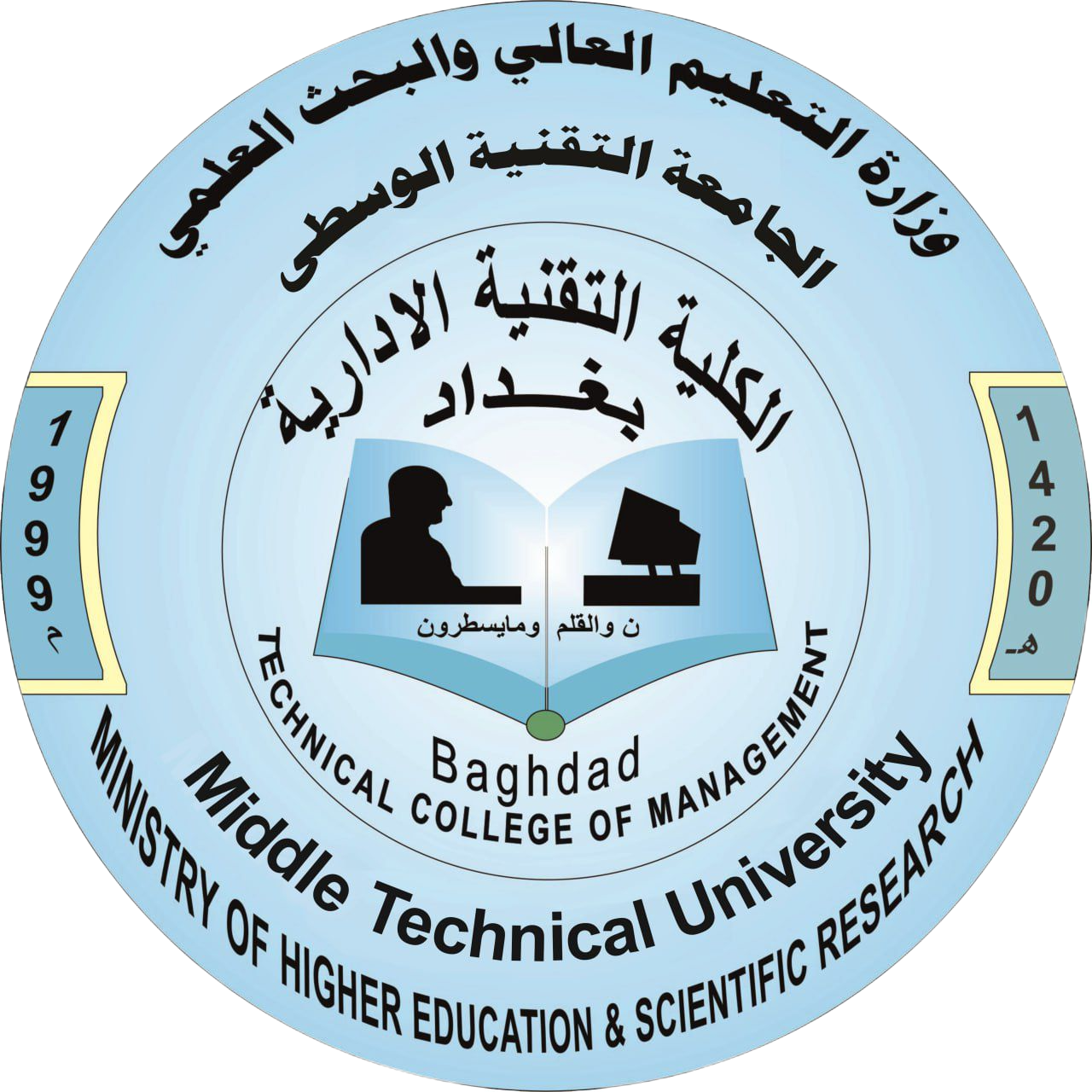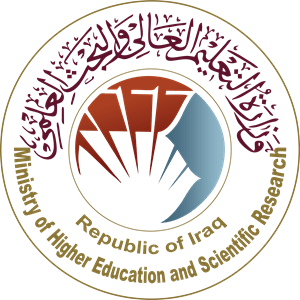Medical Image Compression Utilizing The Serial Differences and Coding Techniques
DOI:
https://doi.org/10.51173/ijds.v2i1.13Keywords:
Serial Medical Images, Huffman Coding, Run Length Encoding, near-Lossless compression, image compressionAbstract
Different medical devices for imaging used by centers and clinics produce an increasing number of sequential medical images. Different imaging techniques such as Computed Tomography (CT), Magnetic Resonance Imaging (MRI) and Fluoroscopy produce a set of series for the same patient. Within these images, most of the image parts are fixed against noticeable changes in the remaining part. This consumes non-ignorable storage space. This paper proposes a near-lossless compression technique that considers the fixed image parts to focus on changing parts for a higher compression ratio. In some applications, lossless compression techniques are highly preferable against preferring lossy techniques in some applications. In other applications, near-lossless compression techniques are preferable to lossless and lossy compression techniques, where lossy ones may lose significant details, and the lossless ones produce less compression ratios than near-lossless ones. Previous works dealt with Fluoroscopy images as individual images or using video compression techniques. This work tends to handle the whole series of images as an integrated object. This paper considers subtracting successive images to detect ROI areas producing zero overall values over similar areas and non-zero ones within ROI ones. The double coding technique and near-lossless concept of compression increase the compression ratio. Conducted experiments showed encouraging results benchmarking the other published works in medical image compression.
Downloads
References
S. A. B. Aziz et al., "A Performance Review for Hybrid Region of Interest-Based Medical Image Compression," IEEE Access, vol. 11, pp. 98025–98038, 2023, doi: 10.1109/ACCESS.2023.3312265.
S. Jamil, M. J. Piran, M. U. Rahman, and O. J. Kwon, "Learning-driven lossy image compression: A comprehensive survey," Eng. Appl. Artif. Intell., vol. 123, p. 106361, 2023, doi: 10.1016/j.engappai.2023.106361.
M. A. Rahman, M. Hamada, and J. Shin, "The impact of state-of-the-art techniques for lossless still image compression," Electron., vol. 10, no. 3, pp. 1–40, 2021, doi: 10.3390/electronics10030360.
U. Singh and M. Kumar, "A Review: Compression on Medical Images," A Rev. Compression Med. Images Artic. Int. J. Eng. Tech. Res., vol. 11, pp. 103–109, 2022, doi: 10.17577/IJERTV11IS040058.
O. Keles, M. A. Yilmaz, A. M. Tekalp, C. Korkmaz, and Z. Dogan, "On the Computation of PSNR for a Set of Images or Video," in 2021 Picture Coding Symposium, PCS 2021 - Proceedings, IEEE, 2021, pp. 1–5. doi: 10.1109/PCS50896.2021.9477470.
D. Mishra, S. K. Singh, and R. K. Singh, “Deep Architectures for Image Compression: A Critical Review,” Signal Processing, vol. 191, p. 108346, 2022, doi: 10.1016/j.sigpro.2021.108346.
S. A. Aziz et al., "A review on region of interest-based hybrid medical image compression algorithms," Telkomnika (Telecommunication Comput. Electron. Control., vol. 18, no. 3, pp. 1650–1657, 2020, doi: 10.12928/TELKOMNIKA.v18i3.14900.
D. Gowda V et al., "A novel method of data compression using ROI for biomedical 2D images," Meas. Sensors, vol. 24, p. 100439, 2022, doi: 10.1016/j.measen.2022.100439.
H. Abdellatif, T. E. Taha, R. El-Shanawany, O. Zahran, and F. E. Abd El-Samie, "Efficient ROI-based compression of mammography images," Biomed. Signal Process. Control, vol. 77, p. 103721, 2022, doi: 10.1016/j.bspc.2022.103721.
P. V. Bindu and J. Afthab, "Region of Interest Based Medical Image Compression Using DCT and Capsule Autoencoder for Telemedicine Applications," in 2021 4th International Conference on Electrical, Computer and Communication Technologies, ICECCT 2021, IEEE, 2021, pp. 1–7. doi: 10.1109/ICECCT52121.2021.9616748.
E. Gingold, "Modern Fluoroscopy Imaging Systems," Radiat. Saf. Adult Med. Imaging, pp. 1–9, 2014, [Online]. Available: http://www.imagewisely.org/imaging-modalities/fluoroscopy/articles/gingold-modern-systems
B. Pervan, S. Tomic, H. Ivandic, and J. Knezovic, "MIDOM—A DICOM-Based Medical Image Communication System," Appl. Sci., vol. 13, no. 10, p. 6075, 2023, doi: 10.3390/app13106075.
J. Sra et al., "Computed tomography‐fluoroscopy image integration‐guided catheter ablation of atrial fibrillation," J. Cardiovasc. Electrophysiol., vol. 18, no. 4, pp. 409–414, 2007, doi: 10.1111/j.1540-8167.
J. P. Miller, C. R. Pennypacker, and G. L. White, "Optimal Image Subtraction Method: Summary Derivations, Applications, and Publicly Shared Application Using IDL," Publ. Astron. Soc. Pacific, vol. 120, no. 866, pp. 449–464, 2008, doi: 10.1086/588258.
R. A. Bahri, S. Maleki, A. Shafiee, and P. Shobeiri, "Ultrasound versus fluoroscopy as imaging guidance for percutaneous nephrolithotomy: A systematic review and meta-analysis," PLoS One, vol. 18, no. 3 March, p. e0276708, 2023, doi: 10.1371/journal.pone.0276708.
T. V Vorburger et al., "Applications of cross-correlation functions," Wear, vol. 271, no. 3–4, pp. 529–533, 2011, doi: 10.1016/j.wear.2010.03.030.
A. A. Hussain, G. K. Al-Khafaji, and M. M. Siddeq, "Developed JPEG Algorithm Applied in Image Compression," in IOP Conference Series: Materials Science and Engineering, IOP Publishing, 2020, p. 32006. doi: 10.1088/1757-899X/928/3/032006.
C. Reich, B. Debnath, D. Patel, and S. Chakradhar, "Differentiable jpeg: The devil is in the details," in Proceedings of the IEEE/CVF Winter Conference on Applications of Computer Vision, 2024, pp. 4126–4135. doi: 10.1016/j.asoc.2020.106114.
N. A. Khairi and A. B. Jambek, "Run-Length Encoding (RLE) Data Compression Algorithm Performance Analysis on Climate Datasets for Internet of Things (IoT) Application," Int. J. Nanoelectron. Mater., vol. 14, no. Special Issue InCAPE, pp. 191–197, 2021, doi: 10.1109/ICECCT52121.2021.9616748.
A. Varshney, K. Suneetha, and D. K. Yadav, "Analyzing the Performance of Different Compactor Techniques in Data Compression & Source Coding," in 2024 International Conference on Optimization Computing and Wireless Communication, ICOCWC 2024, IEEE, 2024, pp. 1–6. doi: 10.1109/ICOCWC60930.2024.10470923.
J. N. Itri, R. R. Tappouni, R. O. McEachern, A. J. Pesch, and S. H. Patel, "Fundamentals of diagnostic error in imaging," Radiographics, vol. 38, no. 6, pp. 1845–1865, 2018, doi: 10.1148/rg.2018180021.
W. Burger and M. J. Burge, Digital Image Processing. 2022. doi: 10.1007/978-3-031-05744-1.
B. S. Rao, "Dynamic Histogram Equalization for contrast enhancement for digital images," Appl. Soft Comput. J., vol. 89, p. 106114, 2020, doi: 10.1016/j.asoc.2020.106114.
A. Radonjic and V. Vujicic, "Integer Codes Correcting Single Errors and Random Asymmetric Errors within a Byte," J. Syst. Sci. Complex., vol. 33, no. 6, pp. 2103–2113, 2020, doi: 10.1007/s11424-020-8145-9.
A. M. John, K. Khanna, R. R. Prasad, and L. G. Pillai, "A review on application of fourier transform in image restoration," in Proceedings of the 4th International Conference on IoT in Social, Mobile, Analytics and Cloud, ISMAC 2020, IEEE, 2020, pp. 389–397. doi: 10.1109/I-SMAC49090.2020.9243510.
S. Jamil, M. J. Piran, M. U. Rahman, and O. J. Kwon, "Learning-driven lossy image compression: A comprehensive survey," Eng. Appl. Artif. Intell., vol. 123, 2023, doi: 10.1016/j.engappai.2023.106361.
S. A. Elhannachi, N. Benamrane, and T. A. Abdelmalik, "Adaptive medical image compression based on lossy and lossless embedded zerotree methods," J. Inf. Process. Syst., vol. 13, no. 1, pp. 40–56, 2017, doi: 10.3745/JIPS.02.0052.
